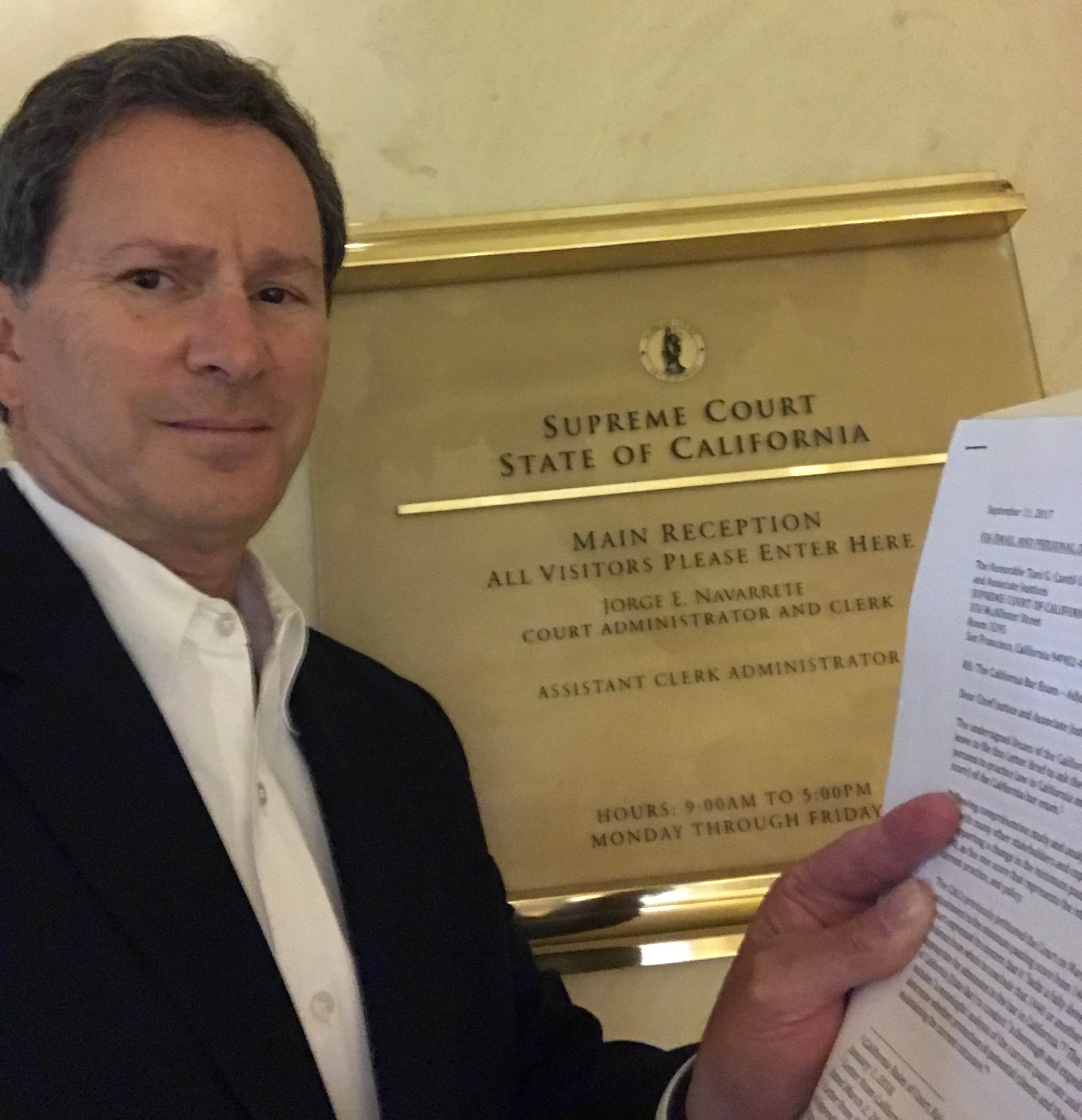I was particularly encouraged by our academic representatives on the Supreme Court's Blue Ribbon Commission on the Future of the Bar Exam. Many of us are looking forward to working with the Commission to encourage the Supreme Court to adopt a more equitable licensing process, particularly one that addresses the ongoing disparate impact on examinees of color.
The question to my academic colleagues is whether we should urge the Commission to consider
recommending some initial findings that support positive actions by the Court that
do not have to wait two years for the Commission's final recommendations and additional
years of discussion, design, and development. While the Commission undertakes its
critical multi-year mission, initial findings on certain matters would encourage the
Court to fulfill its immediate and ongoing responsibilities to examinees, law schools,
and the public as a regulatory licensing agency. These responsibilities do not need
to be placed on hold merely because the Court is awaiting the Commission's recommendations
for long-term solutions. Both can, and should, be achieved at the same time.
The immediate and ongoing issue is that thousands of qualified California examinees
are being, and will continue to be, disenfranchised and denied licensure at the Court's
current cut score of 1390. The State Bar's exam data indicates that a disproportionate
number of these disenfranchised examinees are California law school graduates who
represent our successful efforts to diversify law school . . . only to be hit by the
disparate impact that 1440 and now 1390 continues to have on licensure.
The following study, funded by AccessLex Institute (an Institute that is also supporting
the underlying research for the Productive Mindset Program that was also reported out to the Law School Assembly this week), provides an empirical
analysis that illustrates the disparate impact on the basis of race and ethnicity
that the application of 1440, and now 1390, is currently having on our graduates.
This impact will continue every single bar exam between the Court's October 2020 decision not to adopt the national cut median cut
score of 1350 and the years that it will take for the Court to receive and consider
the recommendations of the Commission. (Please note that the report has been provided
to the Court and the State Bar Committee of Bar Examiners.)
Examining the California Cut Score: An Empirical Analysis of Minimum Competency, Public
Protection, Disparate Impact, and National Standards, AccessLex Institute Research Paper, November 2020
Therefore, the question to my fellow law school deans is whether there is support
to request that the Commission consider the cut score issue for possible initial findings
and recommendations that could address the current disparate impact of the Court's cut score policy and not await the more complex issues
of future licensing models to be resolved?
Realistically, if the Commission's final recommendations are expected in two years
and there are meaningful and substantive changes recommended, we know that it will
require several additional years for a substantive action plan, statutory amendments,
and public engagement to be completed. Therefore, we are looking at three to five years before we can anticipate changes to take place. During this period, the current cut
score policy will disenfranchise thousands of our graduates who meet the national
median cut score and would be qualified to practice in 48 other jurisdictions.
I welcome your thoughts and recommendations.
Respectfully,
Mitch L. Winick
President and Dean, Monterey College of Law

